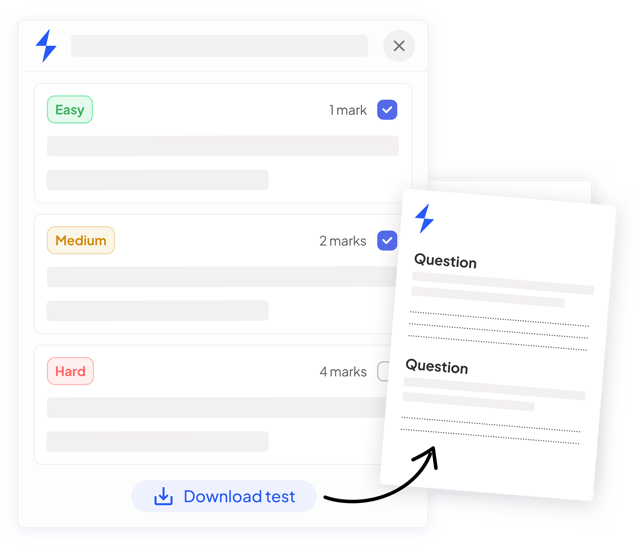Measuring Variables (Edexcel International A Level (IAL) Physics): Revision Note
Exam code: YPH11
Measuring Variables
When measuring a variable in an experiment, it is important to use the most appropriate instrument and measuring technique to achieve the most accurate value for that measurement
A list of the common apparatus and their purpose is shown in the table below:
Apparatus and Their Purpose Table
Experimental Instrument | Purpose | Example |
Metre ruler | To measure the length of an object of a length between 1 cm - 1 m | Length of a wire |
Vernier Calipers | To measure short lengths between 0.1 mm - 1 cm | Extension of a wire |
Micrometer Screw Gauge | To measure very short lengths between 0.01 mm – 0.1 mm | Diameter of a wire |
Top-pan Balance | To measure the mass of an object | Weight of a block |
Protractor | To measure angles | Measuring angle of refraction of a beam of light |
Stopwatch | To measure time | Time taken for an oscillation |
Thermometer | To measure temperature | Temperature increase for specific heat capacity of a material |
Voltmeter | To measure potential difference | Potential difference across a bulb |
Ammeter | To measure current | Current through a bulb |
Oscilloscope | To display waves and measure their frequencies | Frequency of a signal |
Laser | To provide a monochromatic, coherent source of light | Investigating the interference of light |
The key factor associated with choosing the appropriate instrument is its resolution
If the resolution of an instrument is too big, then it won't be able to measure small measurements
Examiner Tips and Tricks
When planning experiments, make sure to really think about which instrument you need to measure the length of something. A rough rule could be:
Length will be between a few cm – 1 cm, use a ruler
Length will be between 0.1 mm – few cm, use a vernier caliper
Length will be between 0.01 mm – 0.1 mm, use a micrometer
Ready to test your students on this topic?
- Create exam-aligned tests in minutes
- Differentiate easily with tiered difficulty
- Trusted for all assessment types

Did this page help you?